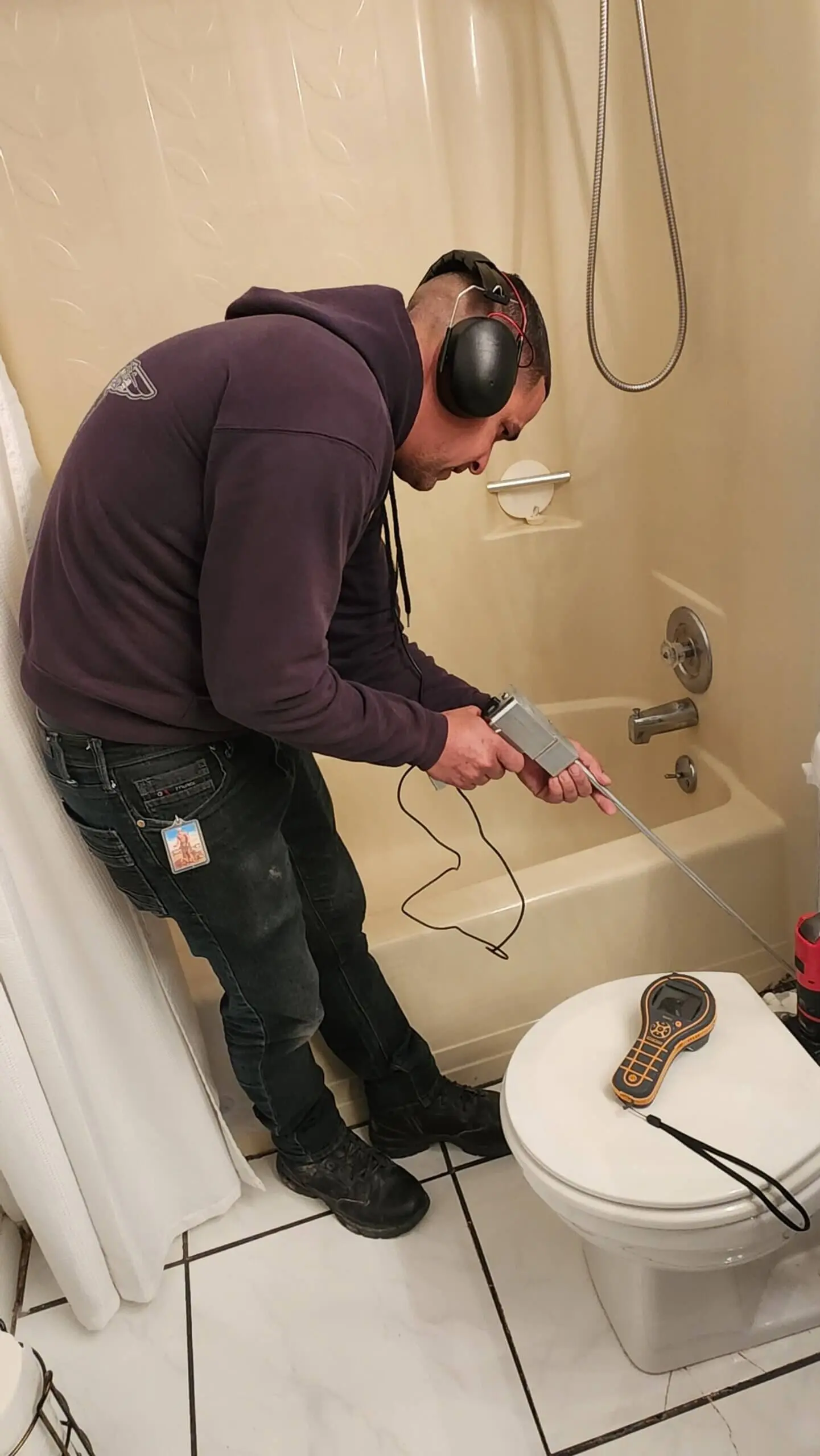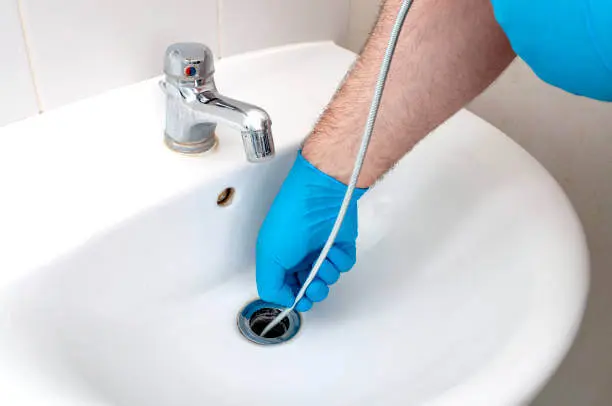
The Most Frequent Failure Parts in Typical Faucets Revealed
Introduction
Faucets are something we often take for granted. They’re the unsung heroes of our kitchens and bathrooms, providing us with the water we need for cooking, cleaning, and personal hygiene. However, like any mechanical device, they can experience hiccups along the way. Have you ever turned on your faucet only to find a trickle instead of a steady stream? Or maybe it’s gushing water all over your sink? When these scenarios arise, understanding the most frequent failure parts in typical faucets revealed can save you a lot of headaches—and money!
In this guide, we’re going to dive deep into the various components of faucets that tend to fail and what you can do about it. We'll also explore when it's time to call in an expert plumber near me or tackle emergency plumbing services on your own. So grab a cup of coffee (or tea), and let’s get started!
The Most Frequent Failure Parts in Typical Faucets Revealed
What Are Faucet Components?
When discussing the most frequent failure parts in typical faucets revealed, it’s essential first to understand what makes up a faucet. A standard faucet consists of several key components:
- Handle
- Spout
- Cartridge
- Aerator
- Valve seat
- O-rings
Each part plays a crucial role in how water flows from your faucet. If one part fails, it could lead to leaks, decreased water pressure, or even complete faucet dysfunction.
Common Faucet Types
Before diving into failures, let's quickly cover common types of faucets:
Understanding the type of faucet you have can help identify which parts are more likely to fail.
Frequent Failures by Component
1. Handle Issues: The Control Center
The handle is what we interact with daily; thus, it’s susceptible to wear and tear. Over time, you might find that your handle becomes loose or difficult to turn.
Signs of Handle Failure
- Resistance when turning
- Loose or wobbly feel
- Water leaking from the base
Solutions
You may need to tighten screws or replace washers inside the handle mechanism. If you're unsure about doing this yourself, don’t hesitate to contact an on-site plumber.
2. Cartridge Problems: The Heart of Water Flow
The cartridge is responsible for controlling water temperature and flow rate. It’s often made from plastic or brass and can wear out over time.
Symptoms of Cartridge Failure
- Dripping water from spout
- Inconsistent water temperature
- Low water pressure
Fixing Cartridge Problems
Replacing a cartridge is usually straightforward but can vary depending on your faucet type. An emergency plumber can assist if you want immediate help.
3. Aerator Blockages: Tiny But Mighty
The aerator is that little screen at the end of your faucet spout that mixes air with water for better pressure.
Signs You Have an Aerator Issue
- Reduced flow rate
- Uneven spray pattern
How To Fix It
Cleaning or replacing the aerator can restore proper function—just remember to do this regularly!
4. Valve Seat Failures: Often Overlooked
The valve seat connects the faucet body with the spout and can corrode over time due to mineral buildup.
Symptoms You May Encounter
- Water leaking from the spout base
- Difficulty controlling flow
Solution Options
You may need to clean or replace the valve seat entirely if corrosion is severe.
5. O-Ring Deterioration: Small Yet Significant
O-rings are rubber seals that prevent leaks where moving parts connect within the faucet.
Indicators of O-Ring Issues
- Leaky faucets when turned on
- Water pooling around base
Fixes Available
Replacing worn-out O-rings is relatively easy; just head down to your local hardware store! Still feeling confused? Reach out for some leak detection near me experts!
6. Overall Wear & Tear: The Cumulative Effect
Over years of use, various components may simply wear down due to age rather than specific breakdowns.
Common Signs
Watch out for:
- General leaking issues
- Changes in pressure
Addressing Wear & Tear
Routine maintenance checks by a professional plumber will ensure everything stays in good shape!
DIY vs Hiring Professionals
When To DIY Your Faucet Repairs?
If you're handy around tools and possess basic plumbing knowledge, tackling minor repairs could save you money! Tasks like replacing aerators or O-rings are typically straightforward enough for beginners.
When To Call A Plumber?
However, some issues require professional expertise:
Searching for “ plumber near me” online should yield plenty of options!
FAQs About Faucet Failures
Q1: Why does my faucet drip even when it's off?
A dripping faucet usually indicates an issue with either the cartridge or O-ring inside your faucet assembly that needs replacement.
Q2: How often should I perform maintenance on my faucets?
It's wise to check them at least once every six months for any signs of leaks or wear-and-tear issues.


Q3: Can I fix my leaky kitchen faucet myself?
Yes! Many minor leaks are easy fixes like replacing washers or tightening screws—just be careful not to damage other parts during repairs!
Q4: What causes low water pressure from my faucet?
Low pressure leak detection in Pembroke Pines FL may stem from clogged aerators or sediment buildup in pipes—cleaning these areas often resolves such issues quickly.

Q5: How do I know if my plumbing problem requires emergency services?
If there's uncontrollable leaking causing flooding risks or significant disruption (like no running water), it’s time to call an emergency plumbing service immediately!
Q6: Should I always replace parts with original manufacturer ones?
While aftermarket parts may work fine sometimes, using original manufacturer components ensures compatibility and longevity—especially if warranties are involved!
Conclusion
So there you have it—the scoop on the most frequent failure parts in typical faucets revealed! With this information tucked away in your toolbox (figuratively speaking), you'll be much more prepared when faced with common plumbing woes related specifically to faucets.
Whether you're tackling these repairs yourself after reading through our tips above or deciding it's best left up to trained professionals like plumbers nearby—you'll be well-equipped moving forward! Don’t forget; regular maintenance goes a long way toward preventing future problems altogether!
Remember, whether it’s routine inspections by an on-site plumber, engaging emergency plumbing services, looking into drain cleaning options down the line—you’ve got options at hand! Happy fixing!